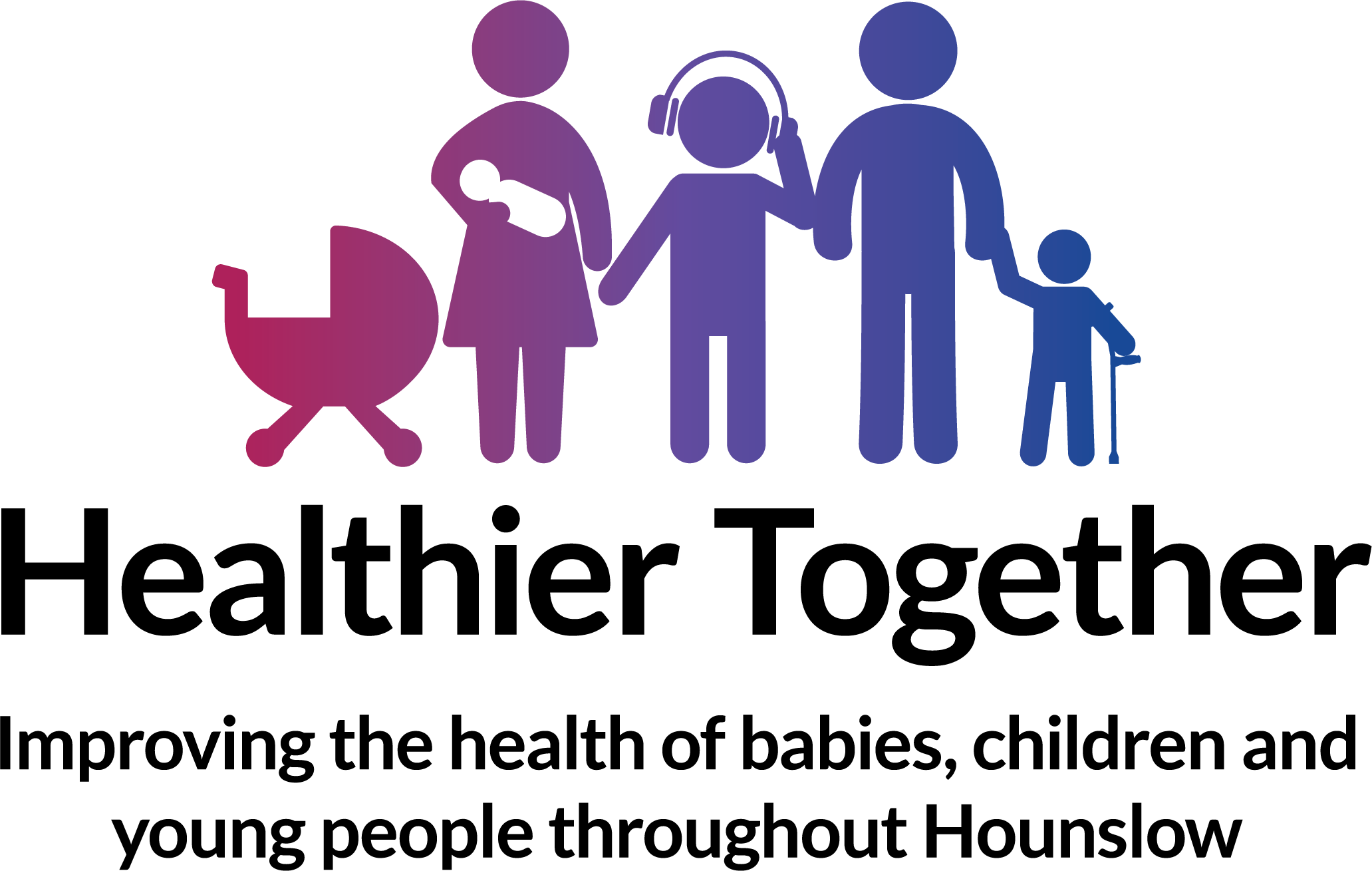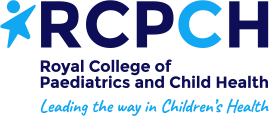Click here to view the abdominal pain paediatric pathway.
Tummy pain in children is common. Most children do not need tests or treatment and the pain will get better by itself.
Common causes include:
- Constipation
- Urine infection
- Tummy bugs (gastroenteritis, or diarrhoea and vomiting)
- Viral infections
- Sore throat
- Threadworms (check if your child has an itchy bottom)
- Period pains
- Worry or anxiety
- Trapped wind
Less common causes include
- Appendicitis
- Abdominal migraines
- Testicular or ovarian torsion
- Diabetes


